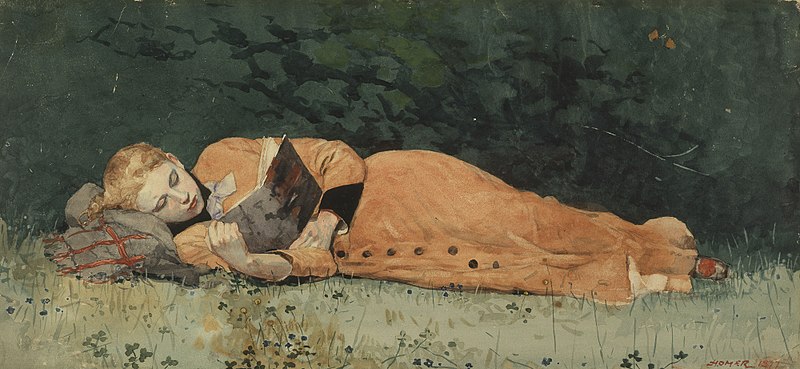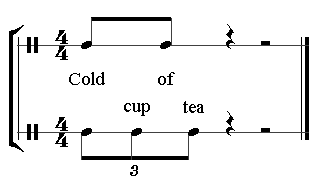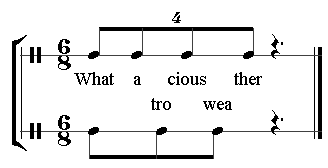“Ingliz menuyu” presented to writer William Dalrymple at a family restaurant in Turkey in 1986:
SOAP
Ayas soap
Turkish tripte soap
Sheeps foot
Macaront
Water pies
EATS FROM MEAT
Deuner kepab with pi
Kebap with green pe
Kebap in paper
Meat pide
Kebap with mas patato
Samall bits of meat grilled
Almb chops
VEGETABLES
Meat in earthenware stev pot
Stfue goreen pepper
Stuffed squash
Stuffed tomatoes z
Stuffed cabbages lea
Leek with finced meat
Clery
SALAD
Brain salad
Cacik — a drink made ay ay
And cucumber
FRYING PANS
Fried aggs
Scram fried aggs
Scrum fried omlat
Omlat with brain
SWEETS AND RFUITS
Stewed atrawberry
Nightingales nests
Virgin lips
A sweet dish of thinsh of batter with butter
Banane
Meon
Leeches
“It was a difficult choice,” he writes. From In Xanadu, 1989.





